Changemakers for Trails
Rep. Eleanor Holmes Norton in Washington, D.C. | Photo by Eric Kayne/AP
RTC is the nation’s largest trails, walking and biking advocacy organization. We want to help you advocate to create, connect and maintain trails in your community. Our Changemakers for Trails initiative is designed to help more people speak up for trails, walking and biking where they live and across the country.
Sign Up for Changemakers for Trails Today!
By signing up, you’ll receive information, resources and training opportunities to be an effective advocate for trails in your community and across the country. You’ll also be joining people nationwide who are coming together to advocate for more trails where they live!
In neighborhoods across America, people are coming together to advocate for more trails where they live. They want trails that are connected to the places they want to go, creating safe, convenient walking and biking routes to get around their community. They’re calling on their elected officials to invest in infrastructure that helps them be active outside while delivering economic opportunity in ways that benefit people, places and the planet.
RTC has resources to help you join the ranks of changemakers for trails nationwide. Learn more about what advocacy involves, why it is important, what RTC is advocating for and how you can get involved.
Upcoming Trainings
How Your Story Makes an Impact
During this training, Changemakers will learn how to use storytelling as an advocacy tool to influence their decision makers. Stay tuned for more details!
Begin your changemaking journey:
Ask Your Elected Officials: Pledge to Support Active Transportation Funding
Funding sources like Transportation Alternatives, the Recreational Trails program and the Active Transportation Infrastructure Investment Program (ATIIP) are vital for community success. Local, state and federal elected officials are essential for seeking out and applying for funding to build trail networks, as well as advocating for grants and policies that connect people across communities and provide safe active transportation routes.
Ask your elected officials to sign Rails to Trails Conservancy’s pledge to support funding for trails and active transportation.
Trainings & Webinars
During this training, Changemakers for Trails learned what it takes to have an impact in their community and kickstart their changemaking journey.
During this training, RTC staff discussed the importance of key decision makers and decision-making bodies for the development of trails in your city and state.
During this training, Changemakers learned how to talk about trails in ways that matter to their decisionmakers.
During this training, Changemakers learned how advocating at the federal level can ultimately help their community develop trail infrastructure.
During this training, Changemakers heard how recent federal decisions could affect the way trails are built within and across communities nationwide before learning specific and impactful ways they can advocate for this vital infrastructure in their own community.
During this training, we discussed the federal legislation that makes trails possible and how you can directly influence the creation of this legislation. More specifically, we discussed Rails to Trails Conservancy’s top policy priorities and important opportunities for engagement and advocacy as discussion around this legislation kicks off in Congress in the Summer and Fall.
What Is Advocacy?
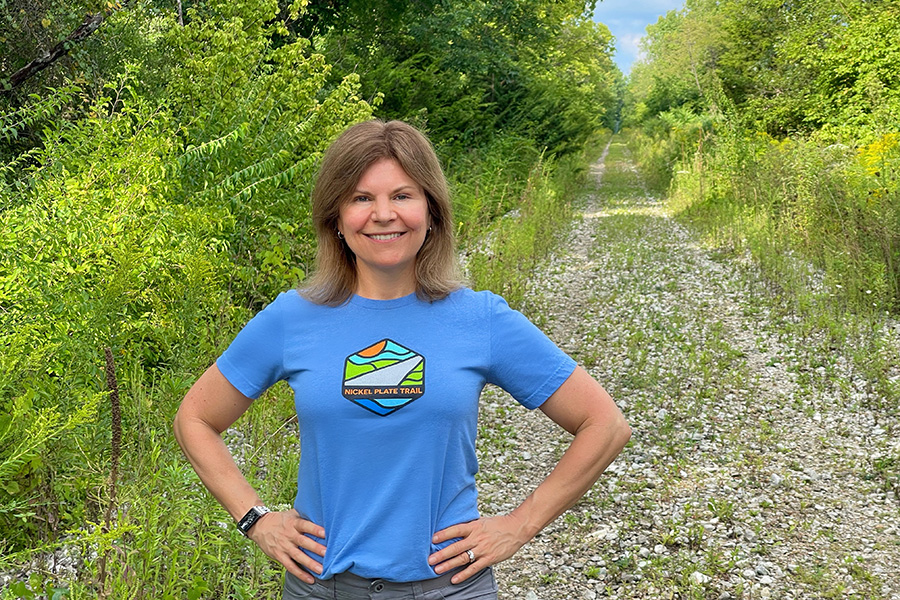
Advocacy is the act of taking a position or supporting a cause. This work can range from contacting an elected official about something specific, such as voting for or against a bill, to working towards a much larger goal, such as pushing for large-scale change to our transportation system. Advocacy can involve decision makers at the federal, state or local levels and there are various ways to get involved.
By taking a position and making your voice heard (also known as advocating) in support of trails, walking and biking, you are helping ensure that decision makers understand the impact benefits of trails.
For RTC, advocacy is critically important at various levels, including working with both elected and appointed officials. Some examples of this work include:
- Working with members of Congress to share the importance of funding active transportation. They can help ensure that funding for trails is available to communities across the country. Congress is also instrumental in creating policy changes that make it safer, easier and more accessible to bike and walk.
- Similarly, working with state and local elected officials can provide both funding opportunities and important policy changes that impact active transportation.
- In addition, advocacy with appointed officials, such as officials as City or State Department of Transportations can be useful in ensuring that trails are prioritized.
Why Advocacy Matters
At RTC, our advocacy goals range from building support for a specific trail project, to funding requests and large-scale changes in transportation. We are advocating for states and municipalities to prioritize building trail and active transportation networks, which connect people to the places they want to go in their communities like workplaces, schools, public transport and more.
Creating and expanding these networks will require increasing funding. Demand for trail funding still far exceeds existing and available funds, so providing additional and sustained federal, state, local and private funding opportunities for active transportation is critical.
The Bipartisan Infrastructure Law (BIL) included a five-year reauthorization of federal transportation programs, including significantly increased funds for trails and active transportation programs. Within BIL new grant programs were also created, which helped provide significant opportunities to fund trails.
We have also seen significant policy changes that have helped increase funding and access to trails. These include many new grant programs, including program that create more equitable access to trails, prioritize safer bicycle and pedestrian infrastructure, and combat climate change and better the environment by choosing active transportation. However, more funded will be required to help meet RTC’s goal of connecting our country through trails.
To help accomplish this goal, RTC is advocating for funding the new Active Transportation Infrastructure Investment Program (ATIIP), which will fund trail and active transportation networks that emphasize connectivity. ATIIP was created as part of the Bipartisan Infrastructure Law but did not receive consistent funding and we are advocating for $200 million in funding in future years.
RTC also works to increase state funding and change statewide and local policies across the country to help support trails, walking and biking. Here are a few of RTC’s success stories:
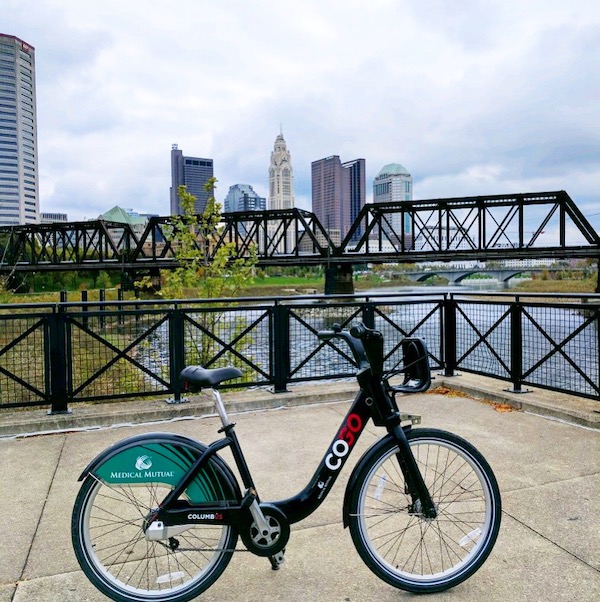
Indiana and Ohio State Legislative Caucuses
RTC created the Bipartisan Legislative Trails Caucus model, initiated in two Republican-majority states. Caucuses, or organizations of legislators, create an ongoing and established source of support for an issue and can serve as a powerful organizing tool to advance legislative priorities. More than a quarter of Indiana state legislators and nearly 40% of Ohio legislators are members of these caucuses.
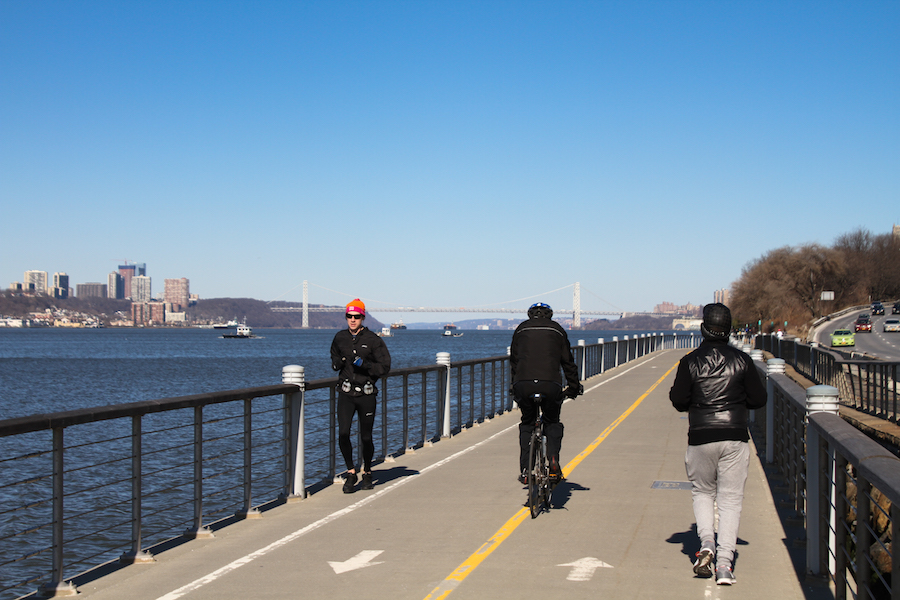
New York State Funding
RTC worked with state-based partners to successfully help convince the legislature to approve full funding for the Empire State Trail following the governor’s budget proposal of $200 million to complete the trail. The project, which traverses the state in two directions (Buffalo to Albany and New York City to the northern border with Canada), has now been completed.
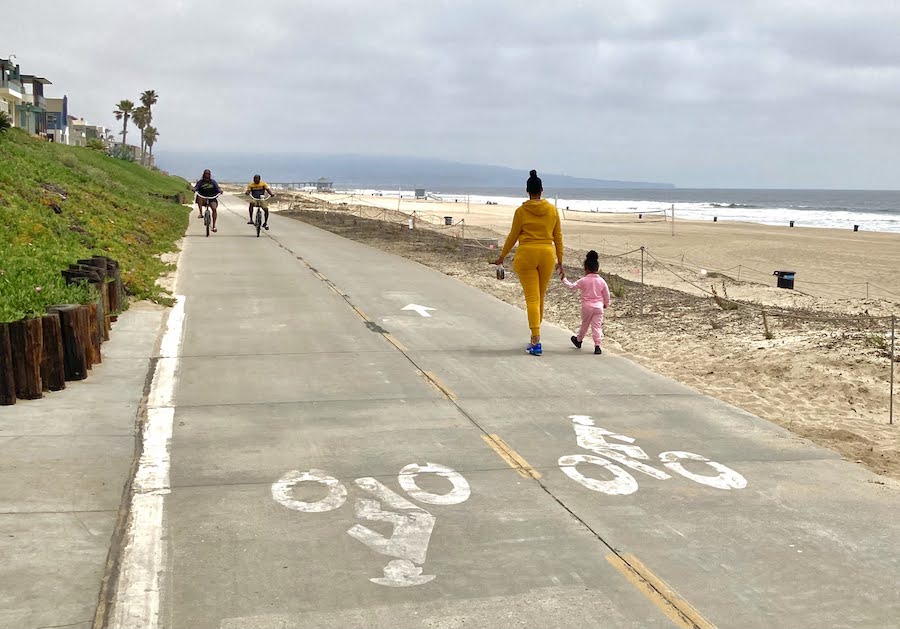
Los Angeles County Ballot Measure
In 2016, RTC supported a successful campaign to pass a ballot initiative to fund parks, trails and multimodal transportation (primarily public transit but including biking and walking infrastructure) in Los Angeles. After passage, RTC worked with leaders implementing the programs to maximize eligibility and allocation of funds to trails. For example, the transportation program eligibilities often included on-street sidewalks and bike lanes but omitted trails and greenways. RTC worked to amend the language to add trails and greenways as eligible for funding and increased consideration of connections between trails and transit.
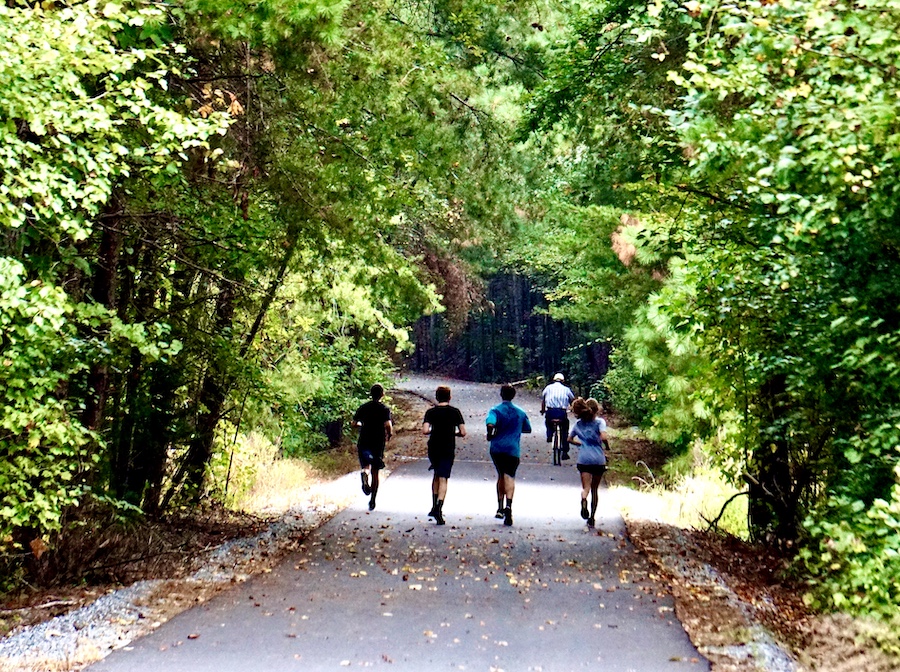
North Carolina State Funding and “Year of the Trail”
After successes using legislative “Year of the Trail” designations in Indiana and Ohio to achieve funding and policy victories, RTC promoted the idea to the Great Trails State Coalition in North Carolina as part of its multi-year plan to increase and create dedicated funding for trails. The resolution enabled state agencies to promote trail events across the state during 2023’s Year of the Trail. The excitement generated from those events and the year-long campaign helped pave the way for the General Assembly to approve more than $50 million in funding for trails that year.
Making an Impact
There are many ways to advocacy effectively, including writing to the press, meeting with your elected officials and/or attending and engaging at governmental and community meetings.
Engaging Media
One great way to ensure that your community understands the impact that trails have is by writing to the press. This outreach should highlight the local impacts a trail or active transportation network has had in your community. A good option for inclusion is crafting a Letter to the Editor. These are letters in which you can write to your local paper about a pressing local issue
Contacting Your Elected Officials
You can also consider writing to, calling or meeting with your elected officials or their staff. This outreach ensures that decision makers, such as Members of Congress, State Representatives or Mayors, hear from you, their constituents, on the impact and importance of trails. Here are a few helpful tips to make this outreach most effective:
- When calling or writing an elected official, it’s helpful to try to be specific about your request or concern. For example, if you are contacting your mayor about trail safety, try to reference a particular area, specific concern or a potential solution.
- Meeting with elected officials can be some of the best ways to ensure your position is heard because you will be directly communicating with the people who make decisions.
- If you do plan to meet with your elected officials, it is important to make an appointment, research positions this official has taken and make clear and specific requests.
- Lastly, though it is helpful to meet directly with officials, meeting with their staff can have a huge impact as well since they are often the people advising the officials on decisions.
Attending Public Meetings and Offering Public Comments
Attending and engaging in public and community meetings can also be helpful. Many states and cities will hold community meetings about specific projects or provide periods to offer public comments online in favor or against projects. You can often learn more about relevant meetings on your state Department of Transportation’s (DOT) websites or your regional Metropolitan Planning Organization’s (MPO) website.
In addition, cities and towns will often have planning, zoning or other relevant committees that discuss issues relevant to transportation. City Council Meetings or similar local venues will also often have time for public comments and testimony at the end of their meetings.
To find relevant upcoming community meetings, you can look at your state DOT’s or regional MPO website. Lastly, you can always contact your local or state elected officials to ask for more information—they are here to help you be an engaged community member!
Elevate The Story of Trail Impact
Advocacy can start online and social media represents an easy way to highlight the importance of trails to relevant decision makers in your community. When you use trails, take pictures and post online about how important trails are for you. Consider tagging your local, state or federal representatives when doing this to have a broader impact
Get Involved
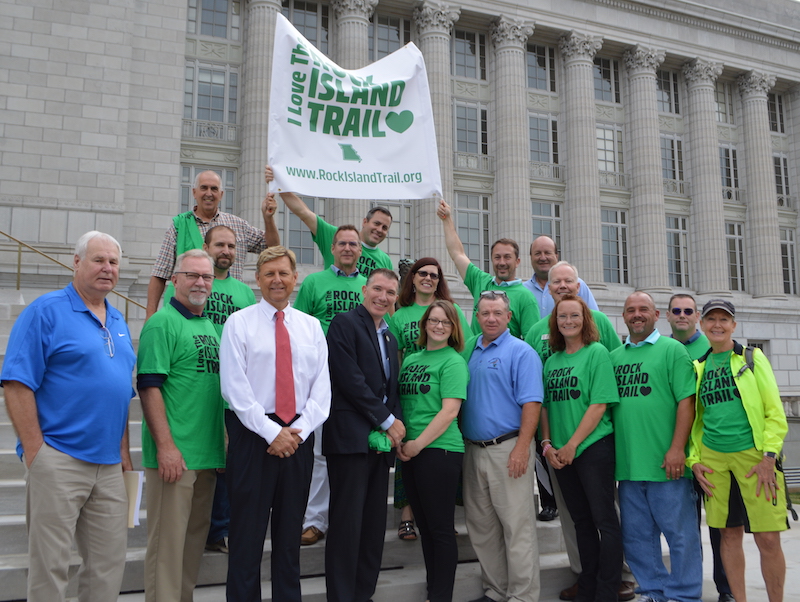
There are many ways to get involved and have an impact in growing active transportation networks in your community. Here are a few specific ways to ensure your voice is heard.
Find your representatives:
- Learn who your Member of Congress is here, including your representatives in the House and Senate.
- Determine who your State Representatives are. Though there is no comprehensive website to locate these representatives, if you search for your state name followed by “find my state representative,” you should be able to locate your State Representative or Representatives.
Here are some additional resources on where you can get started:
- Find your state representatives: https://www.congress.gov/state-legislature-websites
- Find your mayor: https://www.usmayors.org/mayors/
- Determine if your state legislature is in session: https://www.ncsl.org/about-state-legislatures/2024-state-legislative-session-calendar
- Review our resource page and sign our pledge for local elected officials to express their support for trails and active transportation
We also encourage you to get involved in your local trail or active transportation advocacy organization. Many states and cities have clubs you can join and are a great resource in advocating for local, state and federal policies.
Sign Up for Changemakers for Trails Today!
By signing up, you’ll receive information, resources and training opportunities to be an effective advocate for trails in your community and across the country. You’ll also be joining people nationwide who are coming together to advocate for more trails where they live!